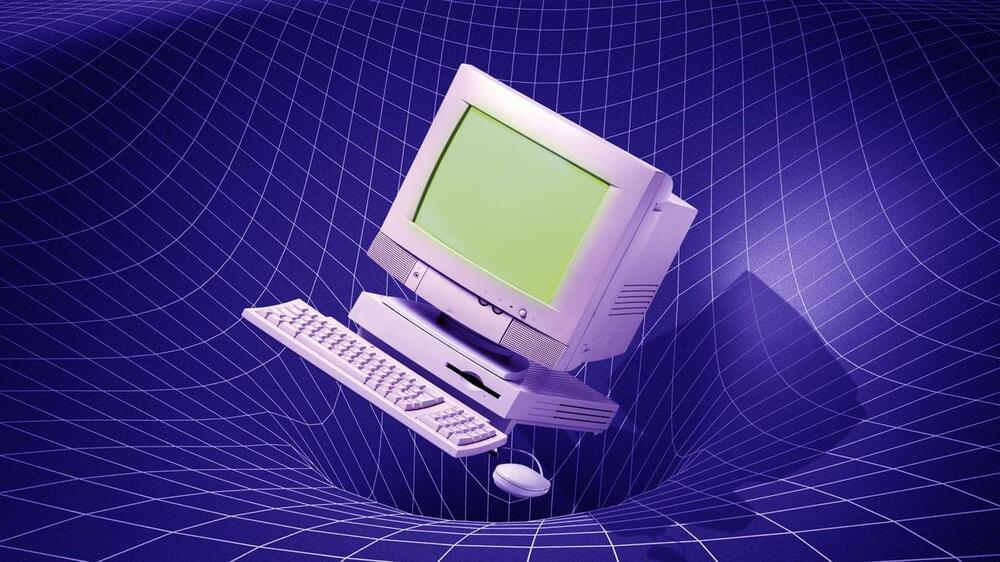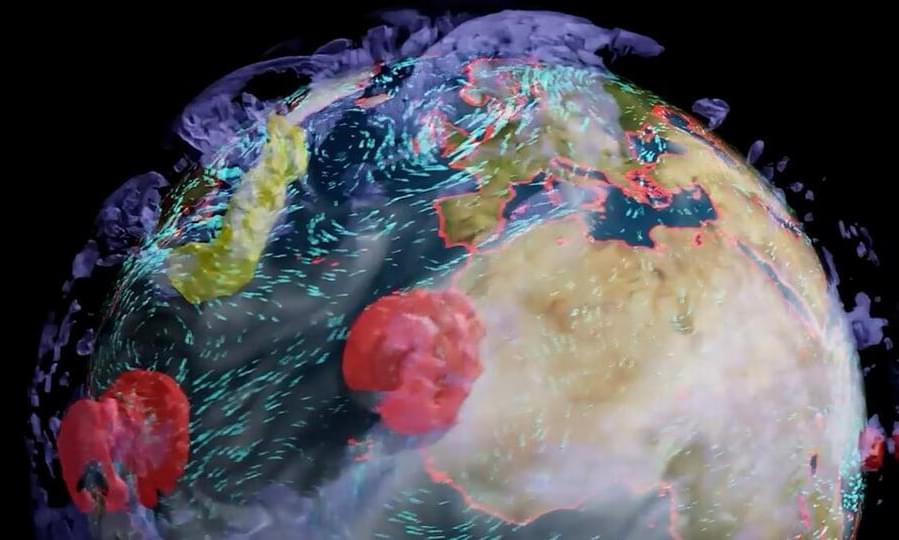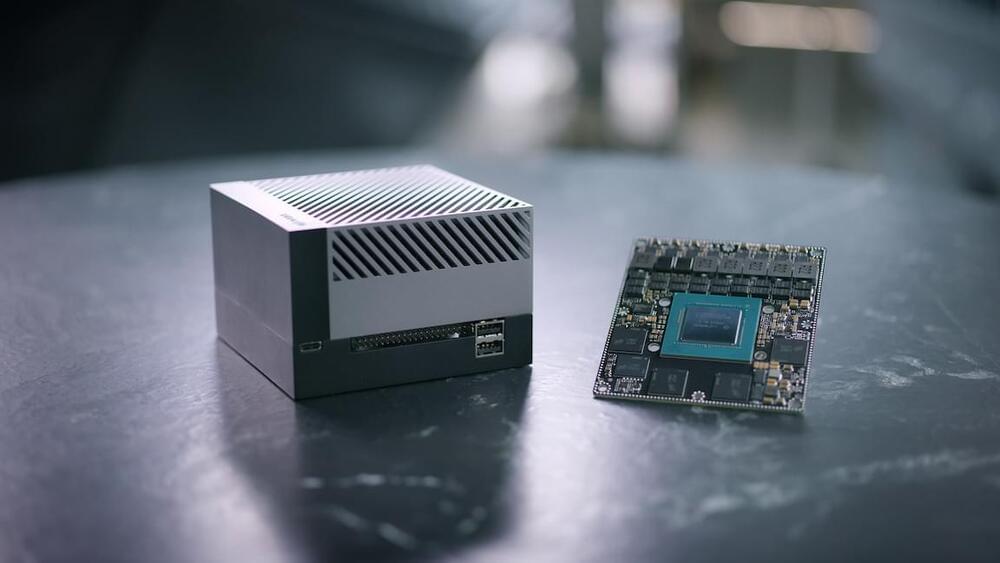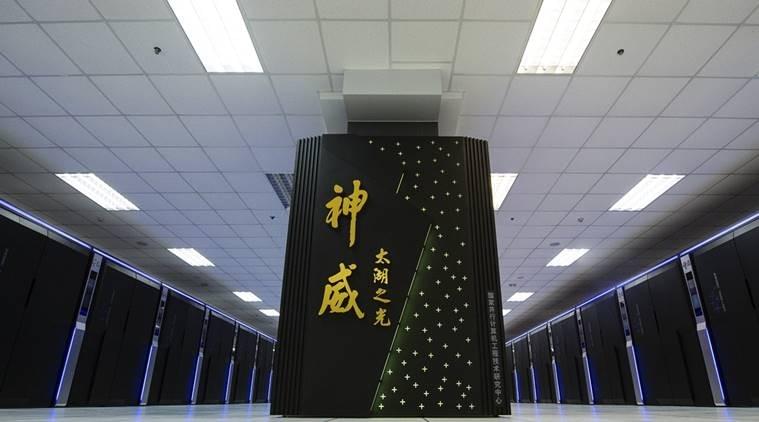Nov 16, 2021
Why Did China Keep Its Exascale Supercomputers Quiet?
Posted by Kelvin Dafiaghor in category: supercomputing
There are no greater bragging rights in supercomputing than those that come with top ten listing on the bi-annual list of the world’s most powerful systems—the Top 500. And there are no countries more inclined to throw themselves (and billions) into that competition this decade than the U.S. and China.
Today, the latest results were announced (much more on those here) but notably absent, aside from the expected first exascale machine in the U.S., “Frontier” at Oak Ridge National Laboratory in the U.S., are China’s results, which if published, would have shown two separate exascale-class machines.
This would have been a major mainstream news story had China decided to publicize its results–and on several fronts.

















